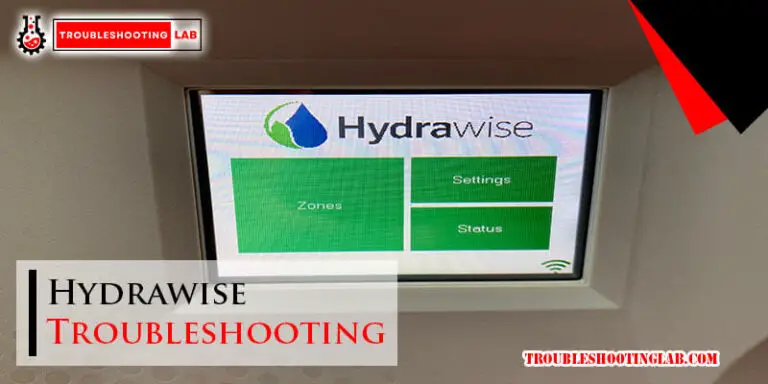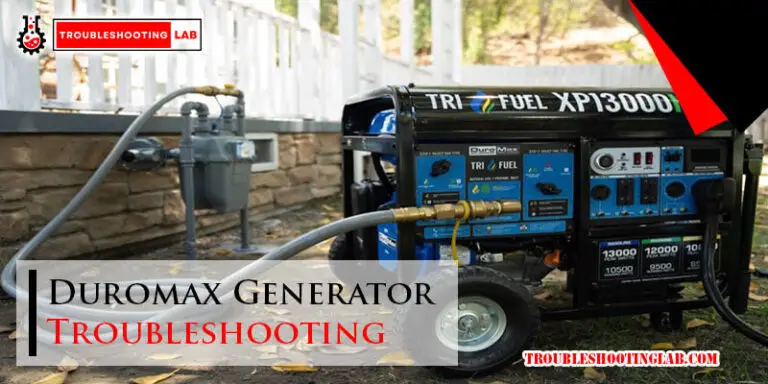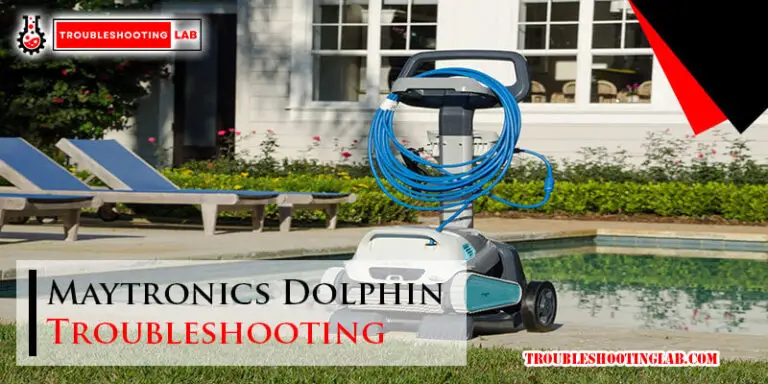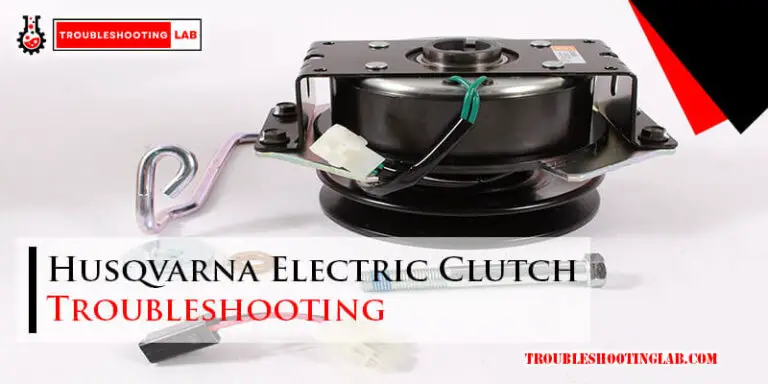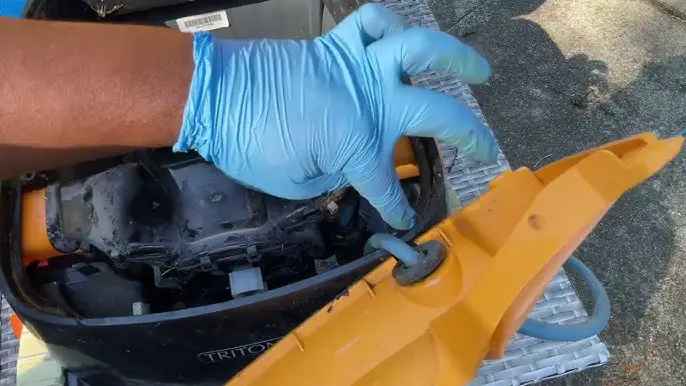Camper Inverter Troubleshooting: Quick Fixes for Common Issues
Having trouble with your camper inverter? You’re not alone.
Many RV enthusiasts face inverter issues. Understanding and fixing these problems can make or break your trip. Inverters are crucial for converting DC power to AC, enabling you to use household appliances on the road. When they fail, it can disrupt your entire travel experience.
This guide aims to help you diagnose common inverter problems. We’ll explore why these issues happen and offer practical solutions. Whether you’re a seasoned camper or a newbie, knowing how to troubleshoot your inverter can save you time and stress. So, let’s dive in and get your camper back to full functionality.
Introduction To Camper Inverters
Camper inverters are essential devices for anyone who enjoys camping trips. They convert DC power from your camper’s batteries into AC power. This allows you to use electrical appliances while on the road. Understanding how camper inverters work can save you time and hassle during your travels.
Importance Of Inverters
Inverters are crucial for modern camping experiences. They let you use devices like microwaves, laptops, and phone chargers. Without an inverter, these devices wouldn’t work. An inverter ensures you have the comforts of home while enjoying the great outdoors.
Common Uses In Camping
Inverters help power various appliances in your camper. You can watch TV, run a coffee maker, and keep your fridge cool. They also charge essential gadgets like phones and tablets. This makes your camping trip more convenient and enjoyable.

Credit: www.rvrepairclub.com
Identifying Inverter Problems
Camper inverters are vital for converting DC power to AC power. This helps run household appliances during your trips. But like all devices, inverters can face issues. Knowing how to identify problems can save you time and stress.
Signs Of Malfunction
Recognizing the signs of inverter problems is the first step. Look for these common indicators:
- Appliances not working or shutting off unexpectedly.
- Inverter making unusual noises.
- Warning lights or error codes on the inverter display.
- Burning smell or visible damage to the inverter.
- Inconsistent power output.
These symptoms can signal underlying issues. Address them promptly to avoid bigger problems.
Tools Needed For Diagnosis
To diagnose inverter problems, you need some basic tools. These tools help pinpoint the issue efficiently:
- Multimeter: Measures voltage, current, and resistance.
- Screwdriver set: Opens the inverter casing safely.
- Insulation tester: Checks for insulation breakdowns.
- Wire strippers: Prepare wires for testing or replacement.
- Owner’s manual: Provides specific troubleshooting steps for your inverter model.
Having these tools on hand makes the diagnosis process smoother. Proper diagnosis can lead to quicker fixes and less downtime.
Power Issues
Experiencing power issues with your camper inverter can be quite frustrating. These problems can disrupt your trip and leave you without essential power. Fortunately, some common power issues are easy to troubleshoot and fix. In this section, we will discuss two major power issues: no power output and intermittent power supply.
No Power Output
If your camper inverter has no power output, start by checking the basics. Ensure the inverter is properly connected to the power source. Double-check all connections, including the battery and any fuses. Faulty connections can prevent the inverter from working.
Next, inspect the battery’s charge level. A drained battery won’t provide power to the inverter. Use a multimeter to check the voltage. A healthy battery should read around 12.6 volts. If the battery is low, recharge it or replace it if necessary.
Also, examine the inverter’s display or indicator lights. These lights can provide clues about the problem. If there are error codes, refer to the user manual for troubleshooting steps. Resetting the inverter might resolve the issue.
Intermittent Power Supply
An intermittent power supply can be particularly annoying. This issue might stem from loose or corroded connections. Inspect all wiring and terminals for signs of wear or damage. Tighten any loose connections and clean any corrosion.
Another common cause is an overloaded inverter. Check the total wattage of the devices connected to the inverter. Ensure it doesn’t exceed the inverter’s capacity. Disconnect some devices if necessary to reduce the load.
Temperature can also affect inverter performance. Inverters have built-in thermal protection to prevent overheating. If the inverter gets too hot, it may shut down temporarily. Ensure the inverter is in a well-ventilated area and not exposed to direct sunlight.
If none of these steps solve the problem, the inverter itself might be faulty. Consult a professional for further diagnosis and repair.
Battery-related Problems
Experiencing issues with your camper inverter can be frustrating. Often, the root cause lies with the battery. Understanding common battery-related problems can help you troubleshoot effectively and get back to enjoying your trip.
Low Battery Voltage
Low battery voltage is a frequent issue. It can affect the performance of your camper inverter. Here are some signs and solutions:
- Dim Lights: Lights may dim or flicker.
- Slow Appliance Operation: Appliances might run slower than usual.
- Check Battery Terminals: Ensure connections are clean and tight.
- Measure Voltage: Use a multimeter to check voltage levels.
Maintain your battery by charging it regularly. Avoid deep discharges to prolong battery life.
Battery Drain
Battery drain can cause your inverter to stop working. Common causes include:
- Parasitic Loads: Devices drawing power even when off.
- Faulty Wiring: Inspect for loose or damaged wires.
- Old Battery: Older batteries hold less charge.
To prevent battery drain, disconnect unnecessary devices. Regularly inspect and maintain your battery system.
| Problem | Solution |
|---|---|
| Low Battery Voltage | Charge battery, check terminals, measure voltage |
| Battery Drain | Disconnect unused devices, inspect wiring, replace old battery |
By addressing these battery-related problems, you can ensure your camper inverter runs smoothly. Happy camping!
Overheating Problems
Experiencing overheating problems with your camper inverter can be frustrating. Overheating can lead to performance issues and potential damage. Understanding the causes and solutions can help you keep your inverter running smoothly.
Causes Of Overheating
Overheating in camper inverters often occurs due to several reasons. Identifying these causes can help prevent future issues:
- Blocked Ventilation: Dust and debris can block air vents, restricting airflow.
- High Ambient Temperature: Extremely hot weather can increase the inverter’s temperature.
- Overloading: Running too many devices can strain the inverter, causing it to overheat.
- Poor Installation: Incorrect placement or installation can impede cooling.
Cooling Solutions
Implementing effective cooling solutions can help manage overheating:
- Regular Cleaning: Keep the air vents clear of dust and debris.
- Proper Installation: Ensure the inverter is installed in a well-ventilated area.
- Cooling Fans: Install additional fans to enhance airflow.
- Load Management: Avoid running too many high-power devices simultaneously.
By addressing these overheating issues, you can ensure your camper inverter operates efficiently and reliably.
Noise And Vibration Issues
Camper inverters can sometimes produce unwanted noise and vibrations. These issues can be frustrating and may indicate potential problems. Addressing them promptly ensures a quiet and smooth camping experience.
Identifying Noise Sources
First, listen closely to pinpoint the noise source. It could be the cooling fan, transformer, or loose components. Inspect each part carefully. Check for any loose screws or connectors. Tighten them if necessary. Sometimes, the fan might be clogged with dirt or debris. Clean it gently to see if the noise subsides. A malfunctioning transformer might hum loudly. In that case, professional repair may be needed.
Reducing Vibrations
Vibrations can also cause significant disruptions. To reduce vibrations, first, ensure the inverter is mounted securely. Use rubber mounts or pads to absorb the vibrations. These materials help dampen the shaking. Additionally, inspect the inverter’s placement. It should rest on a stable, flat surface. Avoid placing it near other vibrating equipment. This can amplify the issue.
If vibrations persist, check for internal component issues. Loose or misaligned parts within the inverter can cause vibrations. Carefully open the inverter and inspect the internal setup. Tighten any loose components you find. If the problem continues, consult a professional for further diagnosis.
Fuse And Wiring Troubles
Camper inverters are essential for converting DC power to AC power. They keep your electronic devices running smoothly. But, like any electrical system, they can encounter issues. One common problem involves fuses and wiring. Understanding these issues can help you troubleshoot effectively.
Blown Fuses
Blown fuses are a frequent issue in camper inverters. A fuse blows when there is too much current. This protects the system from damage. Here are some steps to identify and fix blown fuses:
- Turn off the inverter and disconnect it from the power source.
- Locate the fuse box. Check the manual if you are unsure.
- Inspect each fuse. A blown fuse will have a broken metal strip or a discolored glass tube.
- Replace the blown fuse with one of the same rating.
- Reconnect the inverter and test it to ensure it works.
Loose Or Damaged Wiring
Loose or damaged wiring can cause many inverter problems. This includes intermittent power loss or no power at all. Here’s how to check and fix wiring issues:
- Ensure the inverter is off and disconnected from all power sources.
- Examine all wiring connections. Look for loose or frayed wires.
- Tighten any loose connections. Use a screwdriver if needed.
- If you find damaged wires, replace them. Make sure to use wires of the same gauge.
- Reconnect the inverter and test the system.
To prevent future wiring issues, regularly inspect your inverter’s connections. Proper maintenance ensures a reliable power supply for your camper.
Maintenance Tips
Maintaining your camper inverter is crucial for ensuring it operates smoothly. Regular care can prevent unexpected issues and extend the life of your inverter. Follow these simple maintenance tips to keep your inverter in top shape.
Regular Inspections
Performing regular inspections is essential to avoid costly repairs. Check the inverter’s connections for any signs of corrosion or wear. Loose or damaged connections can affect performance.
Look for any visible damage on the inverter’s exterior. Cracks or dents might indicate internal issues. Ensure all vents are clear of dust and debris to prevent overheating.
- Inspect cables for fraying or wear.
- Check for any burnt or melted components.
- Ensure the inverter is free from moisture and dirt.
Proper Storage
Store your inverter properly when it’s not in use. This prevents damage and extends its life. Always store the inverter in a cool, dry place. Extreme temperatures can affect its performance.
Avoid storing the inverter in direct sunlight. UV rays can damage the unit. Use a protective cover if necessary.
- Disconnect the inverter from power sources before storage.
- Store in a well-ventilated area.
- Keep away from chemicals and flammable materials.
With these maintenance tips, your camper inverter will stay reliable for many trips to come.
When To Seek Professional Help
Dealing with camper inverter issues can be stressful. While some problems are easy to fix, others require expert intervention. Knowing when to seek professional help can save you time and money. It also ensures the safety of your camper’s electrical system.
Complex Electrical Issues
Complex electrical issues can be challenging to diagnose. If you face persistent problems, it’s time to call an expert. Signs include flickering lights, burning smells, or frequent tripping of circuit breakers. These issues can be symptoms of deeper electrical faults. Professionals have the right tools and knowledge to handle complex problems.
Warranty Considerations
Always check your warranty before attempting repairs. Many warranties require professional service to remain valid. Unauthorized repairs can void your warranty. Manufacturers often have certified technicians. These technicians can fix your inverter without affecting your warranty. It’s crucial to follow these guidelines to avoid future complications.
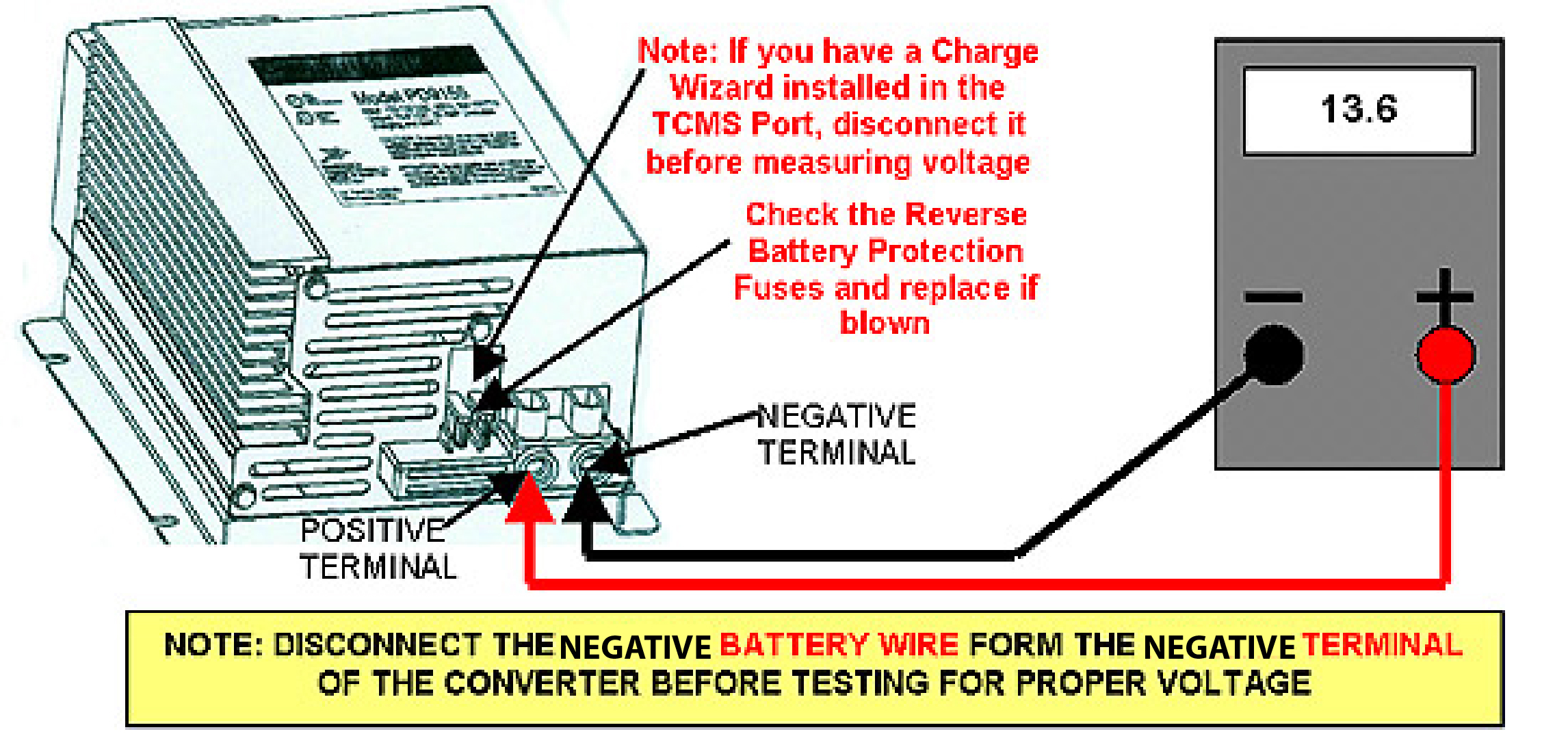
Credit: www.progressivedyn.com

Credit: www.doityourselfrv.com
Frequently Asked Questions
Why Is My Camper Inverter Not Working?
Check the power source first. Ensure connections are secure. Inspect fuses and breakers for any issues.
How Do I Reset My Camper Inverter?
Locate the reset button on your inverter. Press and hold it for 10 seconds. Release and wait.
What Causes An Inverter To Stop Working?
Overloading, overheating, or faulty wiring can cause an inverter to stop working. Regular maintenance helps prevent this.
How Can I Test My Camper Inverter?
Use a multimeter to check voltage output. Ensure it’s within the expected range. Consult the manual for specifics.
Why Does My Inverter Keep Shutting Off?
Overload or overheating is the usual cause. Reduce the load or improve ventilation around the inverter.
Conclusion
Troubleshooting your camper inverter doesn’t have to be daunting. Follow the steps mentioned. Check connections, fuses, and battery health. Keep a regular maintenance schedule. This ensures your inverter works efficiently. A well-functioning inverter means a comfortable camping experience. Always refer to your manual for specific guidance.
Happy camping and safe travels!

